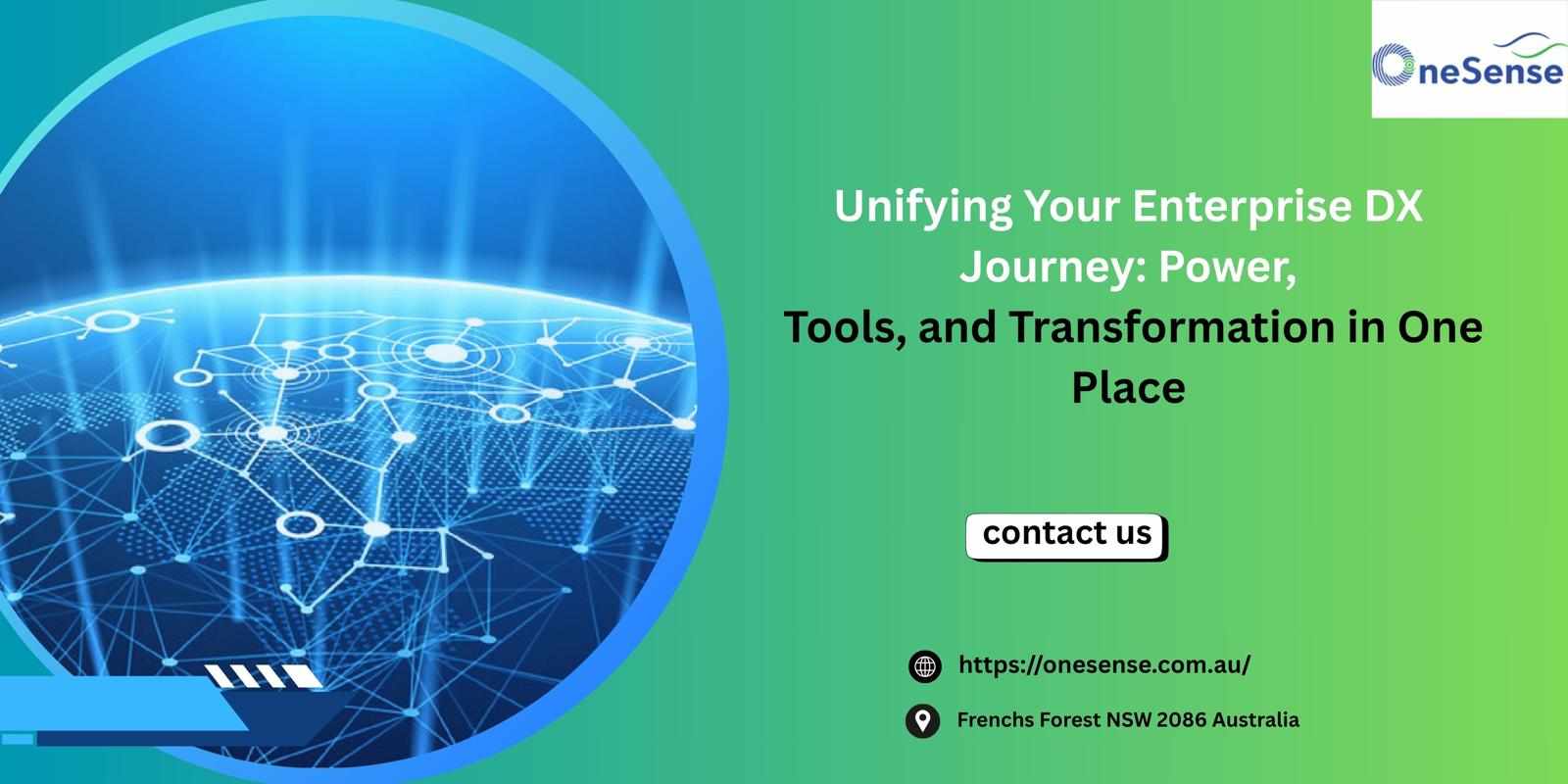
Summary
Cloud infrastructure security ensures the safety of cloud environments by leveraging tools like encryption, IAM, monitoring, and threat detection. These systems prevent cyber threats, uphold compliance, and protect sensitive data through an integrated approach involving services, networks, and policies.
Introduction
Cloud computing is the cornerstone of today’s digital transformation—enabling organizations to scale, reduce costs, and innovate faster than ever. However, with these advantages comes a critical responsibility: protecting cloud-based assets. This is where cloud infrastructure security networks come into play.
A secure cloud environment doesn’t happen by default. It requires a comprehensive and proactive strategy to protect applications, data, workloads, and containers from cyber threats. With attacks becoming more complex and frequent, it’s vital for businesses to understand how to build a strong cloud security posture through effective tools and practices.
What Is Cloud Infrastructure Security?
Cloud infrastructure security refers to the strategies, technologies, and best practices used to protect cloud environments. It encompasses everything from identity and access controls to encryption and compliance, safeguarding compute, storage, networking, and application layers.
Whether you're working with public, private, or hybrid cloud models, securing the infrastructure is key to avoiding data breaches, maintaining compliance, and minimizing downtime.
What Is a Cloud Infrastructure Security Network?
A cloud infrastructure security network is the interconnected system of technologies and policies designed to detect, prevent, and respond to cyber threats in the cloud. It includes:
Firewalls
Intrusion Detection Systems (IDS)
Identity and Access Management (IAM)
Encryption protocols
Secure APIs
SIEM (Security Information and Event Management) platforms
These elements work in unison to prevent unauthorized access, ensure data integrity, and respond swiftly to suspicious activity—offering dynamic, scalable security in contrast to static on-premise systems.
Core Components of Cloud Infrastructure Security
To protect cloud assets effectively, a strong security network should integrate the following components:
1. Identity and Access Management (IAM)
IAM controls who can access cloud resources. Role-based access control (RBAC), multi-factor authentication (MFA), and detailed audit logs help minimize risks from internal threats and compromised credentials.
2. Network Security
Protecting data in motion is crucial. Virtual firewalls, VPNs, and network segmentation isolate workloads and reduce exposure to external attacks.
3. Encryption
Encryption safeguards data at rest and in transit. Services like AWS KMS and Azure Key Vault allow businesses to manage encryption keys independently for better control.
4. Monitoring and Logging
Real-time monitoring tools and SIEM platforms detect anomalies and provide visibility into system activity, supporting faster incident response and compliance reporting.
5. Compliance and Governance
Meeting regulatory standards (e.g., GDPR, HIPAA, PCI-DSS) is vital. Cloud governance involves enforcing policies, performing audits, and regularly assessing risk across your environments.
Best Practices for Securing Cloud Infrastructure
Implementing tools is not enough—security lies in how they're used. Key best practices include:
Apply the Principle of Least Privilege: Limit user access strictly to what is necessary.
Keep Systems Updated: Automate patching and updates to address vulnerabilities quickly.
Enable Real-Time Monitoring: Use SIEM and logging tools to identify suspicious behavior.
Encrypt All Data: Never leave sensitive data unencrypted, and manage your own keys if possible.
Conduct Regular Security Audits: Periodic reviews, penetration tests, and red team exercises help uncover blind spots.
Use Multi-Factor Authentication (MFA): Adds an essential layer of protection beyond passwords.
Common Challenges in Cloud Infrastructure Security
Even with the best tools, challenges remain:
Misunderstanding the Shared Responsibility Model: Cloud providers secure the infrastructure, but users are responsible for their data and applications.
Shadow IT Risks: Unapproved use of cloud services can introduce vulnerabilities.
Talent Shortage: There’s a global lack of cloud security experts.
Complex Multi-Cloud Setups: Managing consistent security across platforms can be difficult without unified policies.
Overcoming these challenges requires a combination of training, automation, centralized policies, and scalable solutions.
The Future of Cloud Infrastructure Security
Cloud security is evolving rapidly. Key trends shaping the future include:
AI & Machine Learning: Used for advanced threat detection and automated responses.
Cloud-Native Security Platforms (CNAPP): Integrated platforms offering end-to-end security.
Zero Trust Architecture: Trust no user or device by default, regardless of location.
Edge and IoT Security: With 5G and IoT growth, protecting edge devices becomes essential.
Conclusion
Securing cloud infrastructure is no longer optional—it’s a business imperative. A strong cloud infrastructure security network not only protects your data and systems but also ensures compliance, customer trust, and operational continuity. By deploying the right cloud infrastructure security solutions, enforcing best practices, and staying ahead of emerging threats, organizations can unlock the full potential of the cloud—safely and confidently.
FAQ
1. What is a cloud infrastructure security network?
It’s a combination of technologies and policies designed to protect cloud resources through IAM, firewalls, monitoring, encryption, and more.
2. Why is cloud infrastructure security important?
It protects sensitive data, ensures compliance, and prevents costly disruptions caused by cyberattacks.
3. What are cloud infrastructure security services?
These are tools offered by providers like AWS, Azure, and Google Cloud to secure user identity, detect threats, encrypt data, and monitor activity.
4. How do services differ from cloud security solutions?
Services are specific tools (e.g., Azure Sentinel), while solutions are broader strategies that combine services, configurations, and policies to solve specific security needs.
5. What are the best practices for cloud infrastructure security?
Least privilege access, MFA, encryption, monitoring, audits, and automated patching are among the top practices.
6. How do cloud providers support cloud infrastructure security?
They offer native tools like threat detection, IAM, network controls, and logging, which can be integrated with third-party solutions for comprehensive protection.


















Write a comment ...